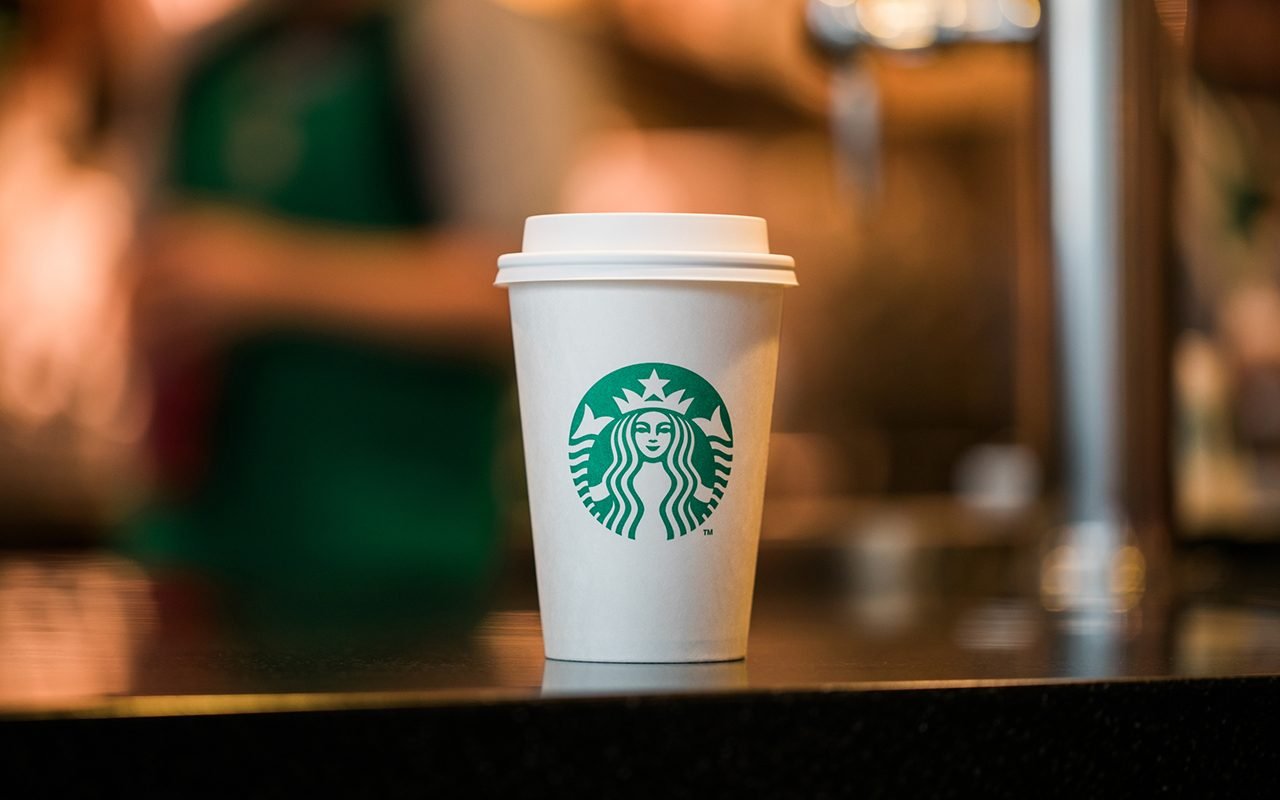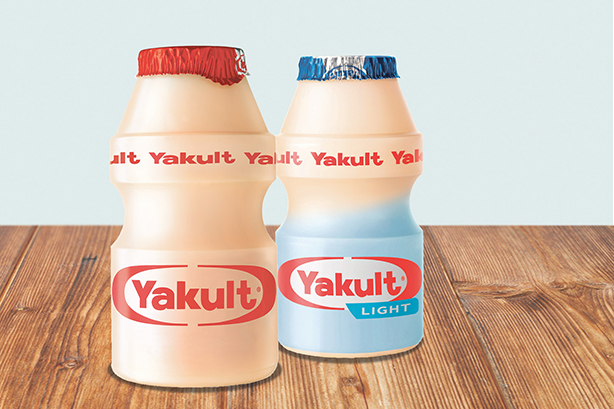It isn’t difficult to see the effects of globalisation on brands, pretty much any major city you go to will have a Mcdonald’s at the end of the street.
Does this mean that companies are becoming more global and in effect forcing a homogenous voice onto consumers? Or are consumers around the world becoming more similar and as such demanding more similar products? We’d like to examine this by analysing the market presently and the growing trends emerging.
In 1983, Theodore Levitt, a professor at Harvard championed the idea products were becoming more standardised in order to help growth. Levitt argued that by stripping the products, services and communication down to the most uniform level, companies would be able to find a voice that would work on a global level.
Understanding the complex effects of globalisation on consumer purchases is an important point to address. Consumers are becoming more similar as a result of globalisation. Whilst retaining differences due to “demographics, psychographics, personality, motivation, knowledge, attitudes, beliefs and feelings”. It is understanding this delicate, ever evolving relationship which is key to the success of global brands.
Globalisation & Homogeny
With globalisation comes great opportunity for businesses. Both large and small, to participate in shared dialogue by throwing ideas, products and cuisines into a large mixing pot. This is not to say, however, that all products and consumables will end up being the same around the world.
With the rising population in developing countries, companies can not ignore the importance of managing their global characteristics. It is reported that by 2030, 90% of the world’s population will be living in developing countries. The global brands who are successful have learnt to adapt and integrate popular elements of the host countries culture. For example KFC’s in Shanghai serve porridge for breakfast and Peking Duck burgers for lunch. In a similar vein, Starbucks in Beijing serves an array of green and aromatic teas which are popular in that culture.

However, there is an inevitable movement of worldwide supermarkets looking more and more similar through global acquisitions and JV’s. Although it makes the supermarkets look more similar, some may argue it actually provides more variety in the brands offered.
Ideas and trends are also becoming more global through a common conversation had via marketing, social media, etc. A recent global trend is the demand for breakfast “on-the-go”, which provides consumer’s with a more convenient morning meal to be had in-between their ever busy schedules. This movement may have had more impetus in Germany initially, but it now set to expand on a global level.
Global trends – the coffee boom
The tea industry has definitely felt the effects of the globalisation of coffee shops. About 1.7bn cups of coffee are sold each year in the UK from more than 18,000 outlets – a total set to grow to almost 21,000 by 2020, according to Allegra Strategies. In the UK people consume an average of 2.8kg of coffee each year.
Last week JD Wetherspoon, the caprice pub chain, brought the coffee price war to the boil by cutting the price of its Lavazza filter coffee to 99p, with free refills. The company now sells almost 1m coffees a week and more people visit the pubs for breakfast than Pret A Manger or Caffè Nero, according to CGA Peach, the food and drinks consultancy.
Reports have shown that global coffee chains such as Starbucks, Pret and Costa have still been able to hold their standing in the wake of the coffee boom. With consumers continuing to choose to frequent chains that they know and trust. Interestingly, we have also seen a growth of strong artisanal independent coffee shops for those consumers who are rejecting the standardised offering of coffee.
Health concerns go global
Another result of globalisation and the common dialogue had is that trends now prevail on a global level. In recent years, there has been growth in a worldwide health consciousness through education. This has resulted in an explosion of health related products being brought to the market. A growing trend is for natural foods which also have an added benefit. Drinks are appearing on the market which have “added benefits” such as antioxidants, prebiotics, probiotics, electrolytes and fiber.

Resistance to globalisation
As with any significant socio-economic movement, globalisation has been met with some resistance. Transnational companies such as Apple and Starbucks have been at the forefront of this backlash. The more global the company, the more scrutiny on practises such as their corporate responsibility to environmental issues, staff wages and so on. A response by a number of consumers is to reject transnational companies which do not speak to them on a “personal” level.
Personalisation
As a result of this, we have seen a number of companies attempting to appease these consumers through a more personal experience. A particular industry which has focused on this recently is the beauty industry. Reports suggest that there is a strong movement to the “personalisation” of beauty products to serve consumers individual needs.
Craft
The rise of all things “craft” in the liquor world also indicates the rejection by some consumers of big, global, impersonal brands. The term “Craft” has become synonymous with the idea of a premium product, manufactured with experience and skill, and often produced on a more limited scale. The success of the craft movement has now spread to spirits, soda and coffee. It is forecast by some that the craft movement can expand to 30% of the market share in the beverage sector. A caveat would be that due to the popularity of the craft trend, some brands are attempting to capitalise on this by duping consumers into marketing global products as “craft”.
Conclusion
It could be argued that by way of force, globalisation of companies and the expansion of their brand reach, consumers are being ‘forced’ to chose the same brands. be that if they consume them in Finland, China or Argentina.
Although participating in this transnational dialogue will no doubt help aid companies global growth, it would be naive to assume that all consumers are wanting to participate in the exact same way. There is strong evidence to suggest that although a common, global voice is evolving. This does not mean that consumers want to reject the specific influences of their cultural upbringing. Therefore companies contending on a global scale will need to consider specific consumer needs and cultural influences. By perhaps rather delicately incorporating both elements, companies can find great success. What is certain is that the world and the way in which consumers are engaging is ever evolving. As such companies need to continually monitor this and strategise accordingly.
Let us know your thoughts on the above here.

